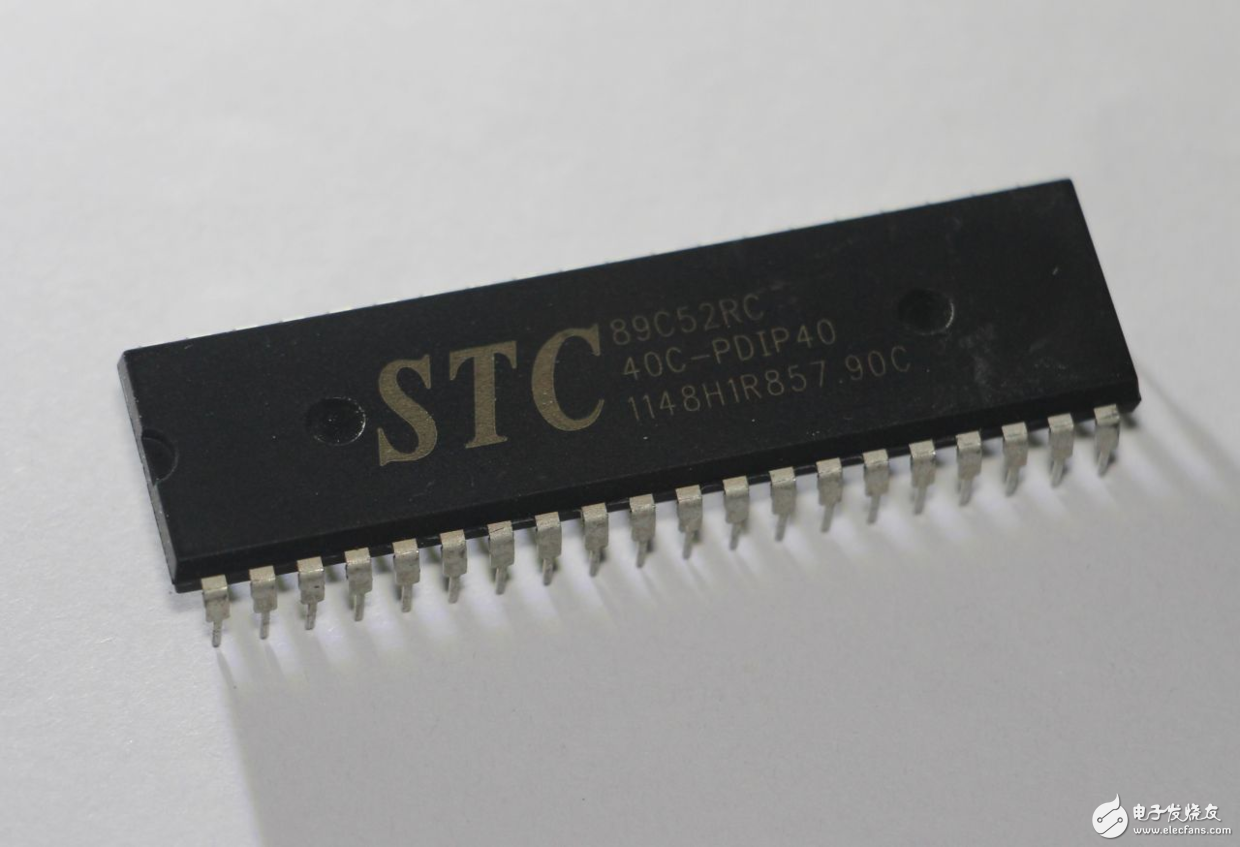
Privacy statement: Your privacy is very important to Us. Our company promises not to disclose your personal information to any external company with out your explicit permission.
Select Language
In the previous article, everyone has seen pictures of integrated circuits, and there are many different shapes. The real part of these chips is the transistors integrated on the silicon. What we see is that it is packaged on the outside with a casing. Route the circuit pins on the silicon to the external connectors to facilitate connection of other devices. The package has the functions of mounting, fixing, sealing, protecting the chip and enhancing electric heating. The silicon wafer must be isolated from the outside to prevent electrical impurities from degrading the electrical properties of the circuit.
Package

Hongjing's STC89C52RC microcontroller
We refer to such a case of an electronic component such as an integrated circuit as a package. The two microcontrollers in the figure are also integrated circuits, and they are all packaged in the same 40-pin wide-body DIP-40 package. In fact, the STC89C5x series of microcontrollers also have other forms of packaging, such as the 44-pin LQFP-44 package, as shown.

STQ89C54RD+ in LQFP44 chip package
In-line package and chip package
The above DIP-40 package has a long pin. In actual use, the pin will pass through the circuit board and will be soldered on the other side of the board. It is a straight-in type package. In the LQFP-44 package, the solder joints and the chip on the same side of the board are soldered to the surface of the board. We call it a chip package. In-line package generally has a large pitch between the pins (the most common is 2.54mm), which is convenient for manual soldering; while the chip-type package is greatly reduced in size, no need to punch holes on the circuit board during soldering, saving a lot of space. And cost, and it is easy to achieve automatic welding of machines, which is widely used in practice (such as the circuit of small digital products such as mobile phones, almost all of the patch design).
Because the in-line package is more convenient to use, we usually use the in-line DIP-40 packaged microcontroller to learn (in the following text, if not specified, the MCU refers to the STC89C51RC in the in-line package).
Chip identification
Other chips may also use the same package as the microcontroller. For example, the ISD4004 voice chip is often packaged in a wide body DIP-40. Therefore, when identifying the chip, it is not possible to judge from the package, and the letter symbol printed on it can be seen.
Pin identification
Many integrated circuits have so many pins, how should they be identified? For the above DIP package, its pins are arranged in double columns. Careful readers may have observed from the picture that there is a semi-circular notch at one end of the chip, which is exactly what we need for the pins. With the notch facing up, starting from the upper left corner and turning counterclockwise, the pin number increases from 1 as shown. In some dual-column integrated circuits, especially in the patch dual-row package, there is no gap, and the dot at one end is taken as the standard. This method is suitable for all integrated circuits in a dual-column package. For a package similar to LQFP-44, we can see from the figure that there is a small dot in one corner (or a small triangular notch, both chips in the figure). Rotate counterclockwise along this small dot and the pin number increases from 1.


Письмо этому поставщику

Privacy statement: Your privacy is very important to Us. Our company promises not to disclose your personal information to any external company with out your explicit permission.

Fill in more information so that we can get in touch with you faster
Privacy statement: Your privacy is very important to Us. Our company promises not to disclose your personal information to any external company with out your explicit permission.